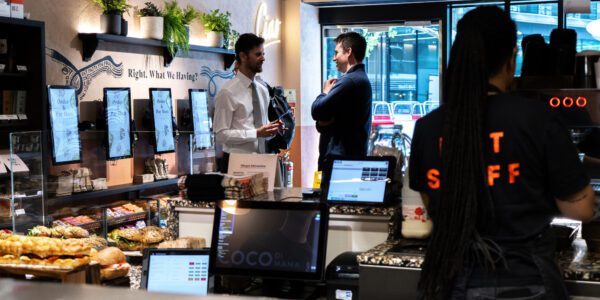The role of technology in driving efficiency
A look at technology’s role in driving efficiency for hospitality operations, and strategies you can implement today to get the most out of your tech.
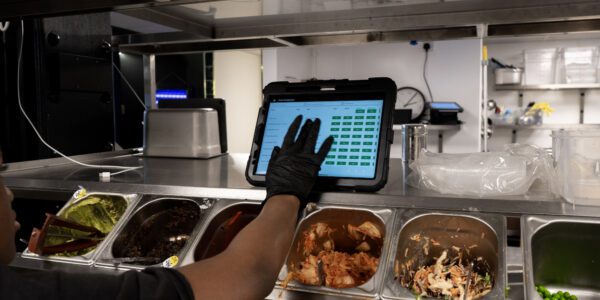
Discover how innovative brands solve the most challenging restaurant problems by moving to an Order Management System.
Tech innovation has been a double-edged sword for the restaurant industry.
Individual providers developed tools for restaurant businesses to innovate and boost efficiency. But these point solutions focus on just one part of the order management process, bolted onto an existing POS.
The result? A ‘Frankentech stack’ of integrations, which have a profound effect on business growth, operational stability and guest experience.
But by embracing a new way of managing orders, forward thinking brands like Deep Blue and HOP Vietnamese have managed to drive exponential growth in the face of these challenges. “HOP’s new model means we can hit the accelerator on growth,” explained founder Paul Hopper, stating that the brand aims to expand to 10 locations by 2024.
So what does this new way of managing orders look like?
Join us for a dive into the top challenges facing restaurant operations, and exactly how innovative brands are solving them.
POS has long been the centre of a restaurant’s tech stack.
This made sense when guests only ordered in-person, but the world has changed – most restaurants now take orders from multiple channels including delivery aggregators.
The problem? Most restaurants have kept a traditional POS at the centre of their tech stack, bolting on point solutions in a complex web of integrations. But these systems weren’t built for today’s fast-moving multi-channel world.
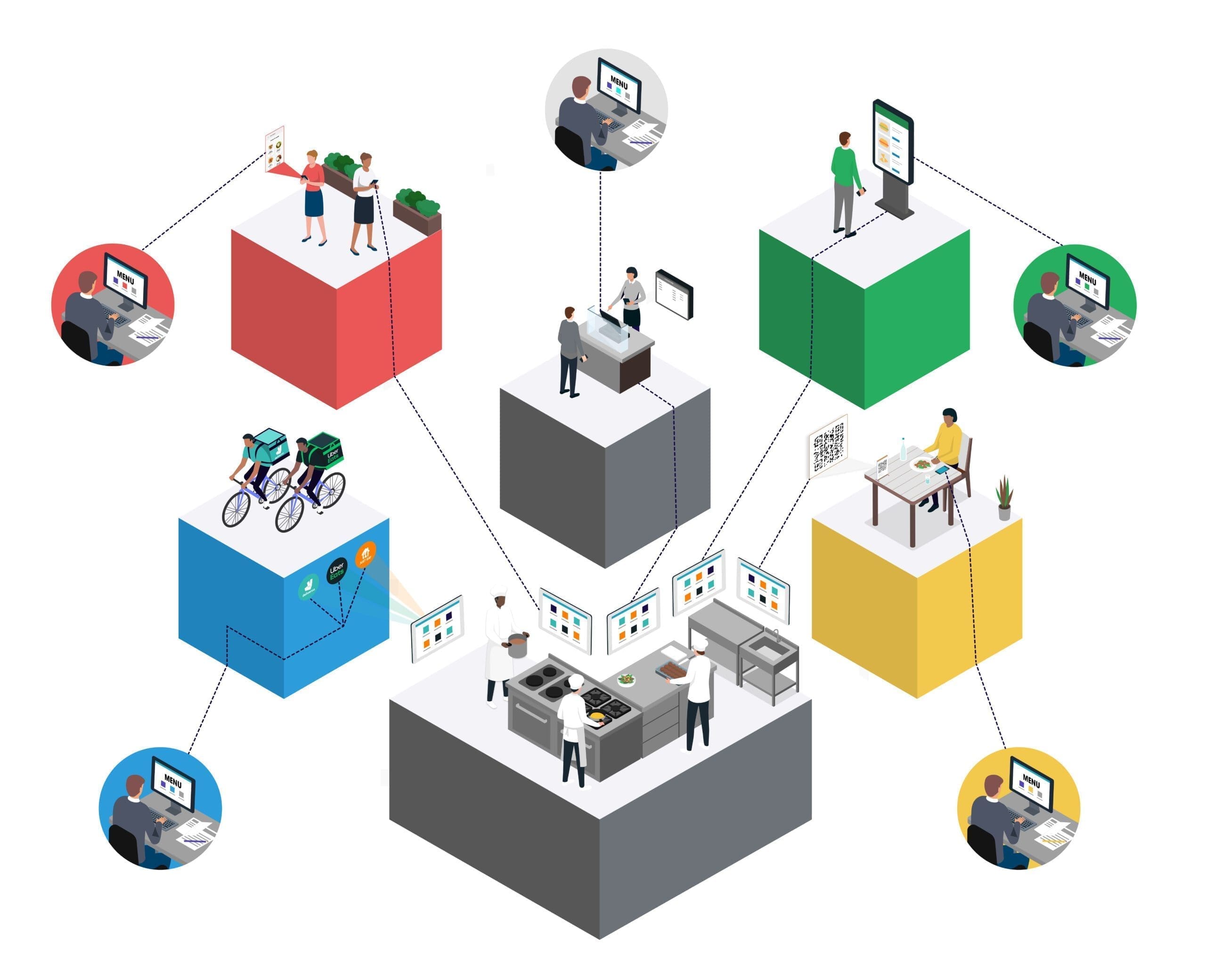
It’s a hard pill to swallow, but the top challenges facing restaurant operations usually come from building a complex web of integrations around a POS.
From kiosks to mobile apps, guests now expect an ordering and loyalty experience that looks and feels the same across multiple channels.
Traditional POS systems weren’t built for multi-channel ordering, so the only solution has been bolting on solutions for digital ordering and loyalty programmes. This might solve the problem of offering other channels, but this workaround makes it difficult to create a consistent guest experience.
Innovative restaurants need a way to scale across new channels while keeping their unique brand at the heart of the guest experience.
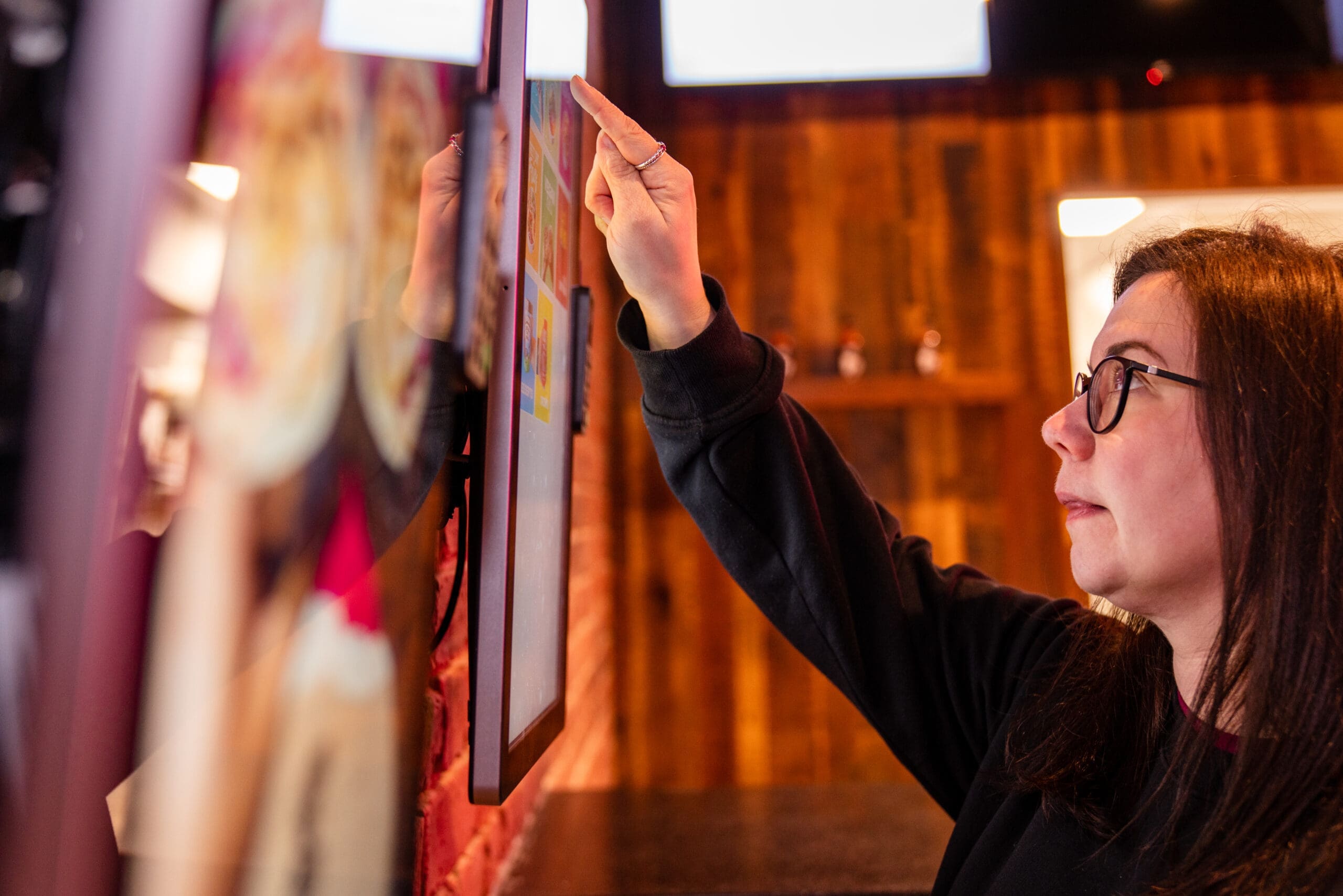
Combined with digital ordering channels, third-party delivery services add another layer of complication to operations, especially back-of-house.
Tablet hell is real, and kitchen teams are living it. Trying to manage orders with a different tablet per ordering channel is an uphill battle leading to errors, delays, and a compromised guest experience.
It also contributes to a slowdown in growth: how can you accept increased orders when your operation struggles to fulfil the ones you’re already getting?
Time is a valuable resource, and with inefficient ways of working, restaurant Operators don’t have any to spare.
Productivity comes to a standstill as precious time is wasted updating menus, pricing and site information several times across multiple different systems
Making data-backed decisions for menus changes, inventory and marketing depends on easy access to reporting.
Using point solutions means that data is siloed across systems, making it hard to get an accurate, real-time view of performance. Want to understand how a particular dish is performing? You’ll need to pull data from each digital ordering provider, including third-party delivery, for each location.
Making agile, insight-backed decisions is frustrating at best, impossible at worst when your operation is dependent on a web of POS integrations.

When a POS was the only channel Operators depended on, there was only one point of failure to worry about.
But when you have multiple suppliers tying together your operation, you’re only ever as strong as your weakest link. This means a tech stack with four suppliers is four times less reliable than having one.
And if the worst happens and things do go wrong? Operators often find themselves passed from contact to contact, with each provider blaming the other for issues or downtime.
Holding onto the POS as the centre of the universe means Operators are shackled to its limitations. You can only move and scale as quickly as the functionality your POS company provides.
But things have fundamentally changed.
Winning restaurant brands now manage their order process with a new approach.
One that moves away from complicated, time-consuming point solutions and embraces the reliability of a single order management system.
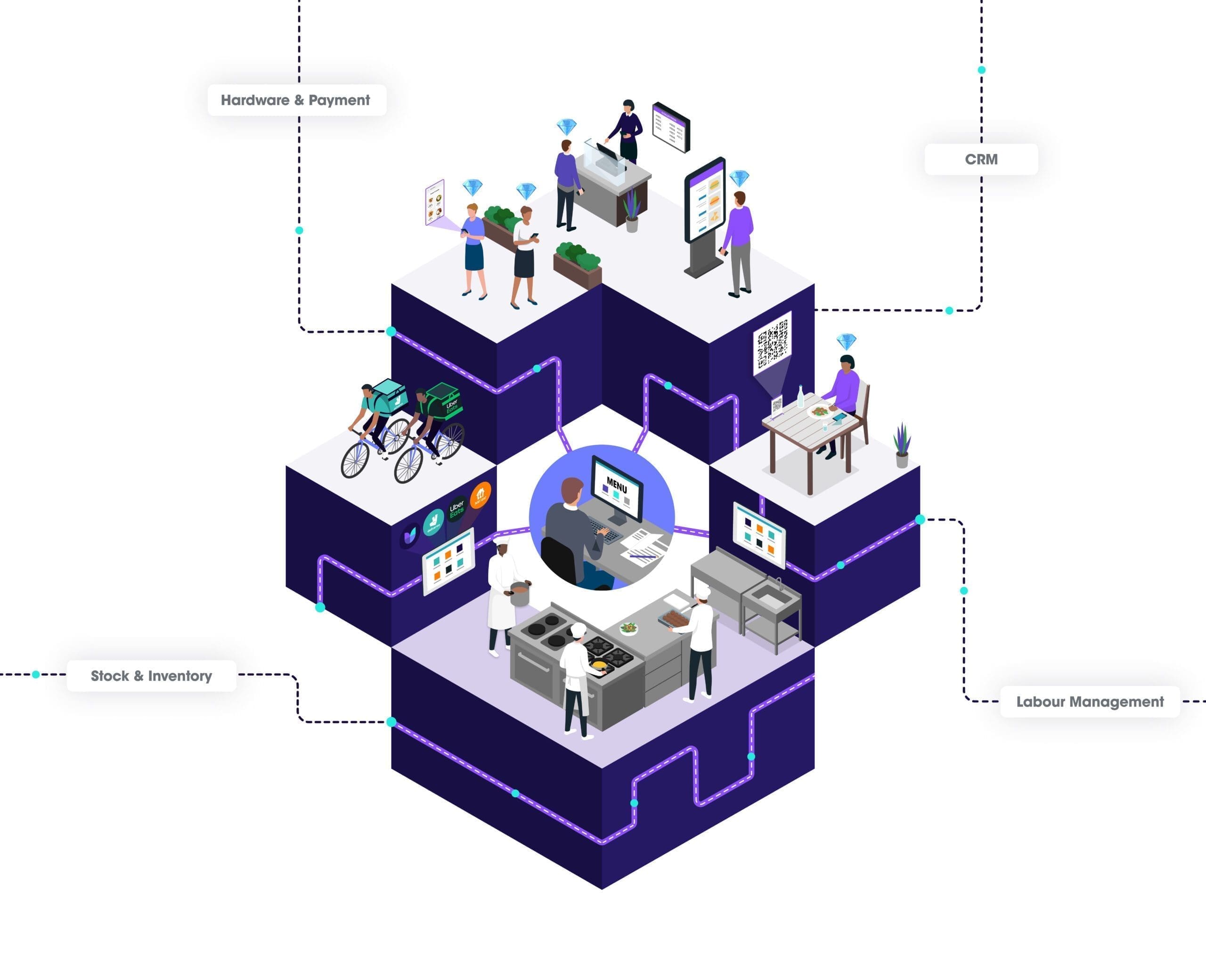
Digital ordering, POS, omnichannel loyalty, menu management and data: all handled in one system that doesn’t depend on a complicated web of integrations. By taking and fulfilling 100% of orders in one system, you’ll be able to create a consistent guest experience and boost the performance of your restaurant brand.
With one system running all order channels, delight guests with the same journey and UI wherever they choose to order. And you can finally provide a thriving loyalty scheme that works with every channel – from kiosks and click & collect to in-person orders.
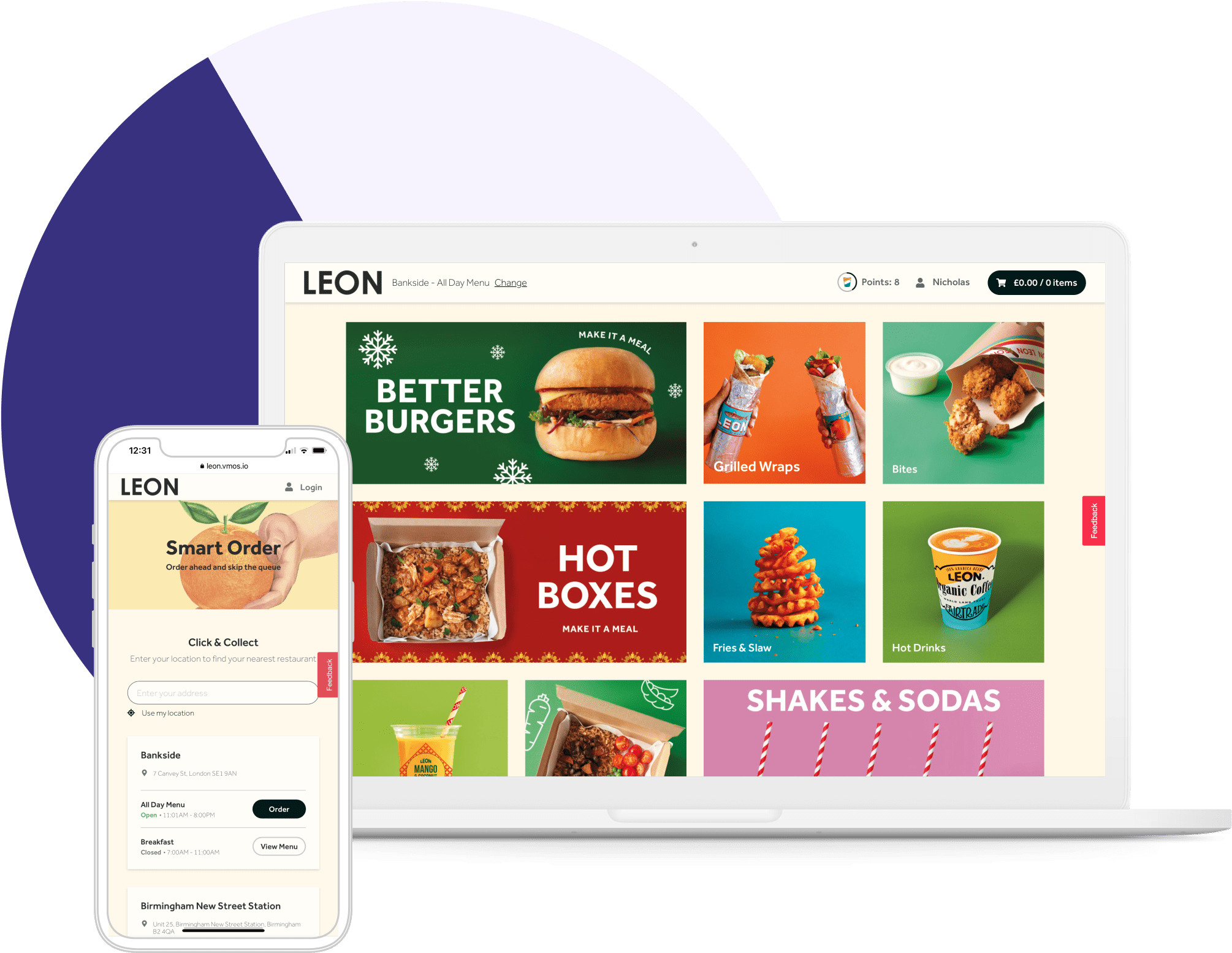
Talk to the Vita Mojo team today and see how our technology can elevate your brand, drive sales performance and increase efficiency across your business. Just leave a few details and we’ll get back to you as soon as possible.
A look at technology’s role in driving efficiency for hospitality operations, and strategies you can implement today to get the most out of your tech.


The right hospitality tech partner does more than provide software. They collaborate, innovate, and scale with your business.
